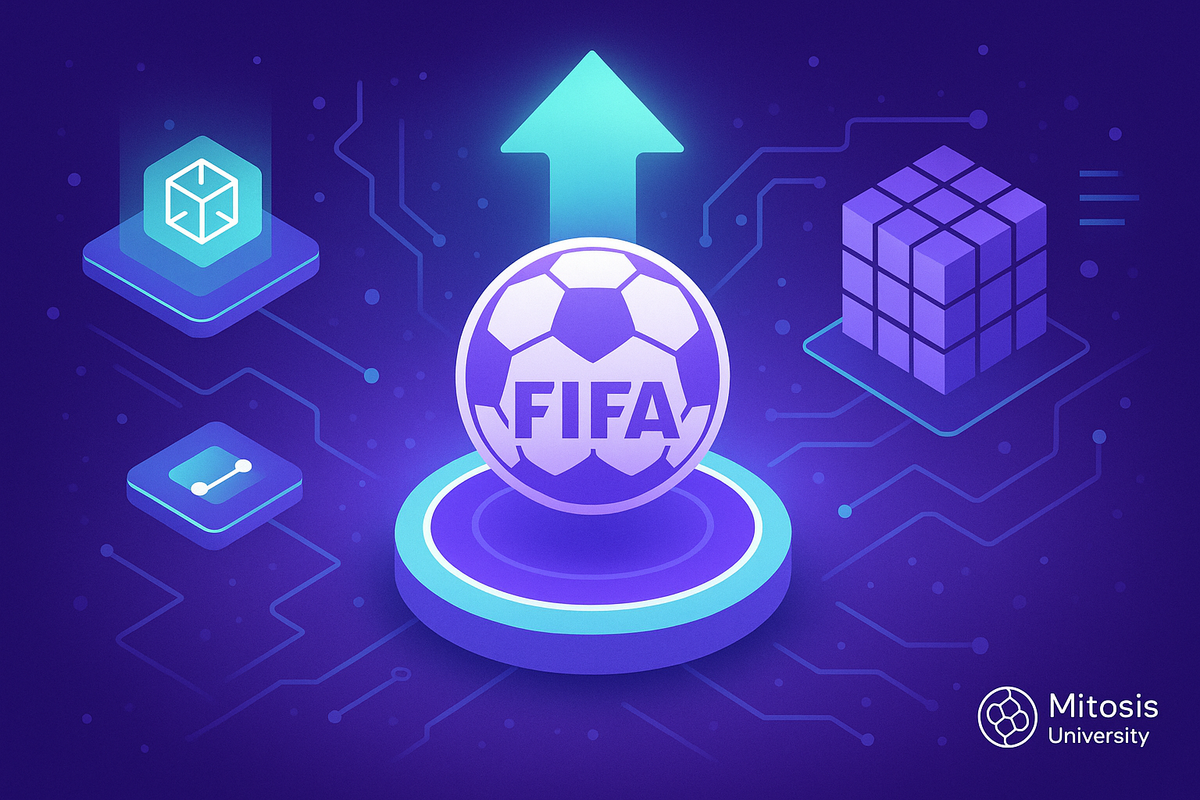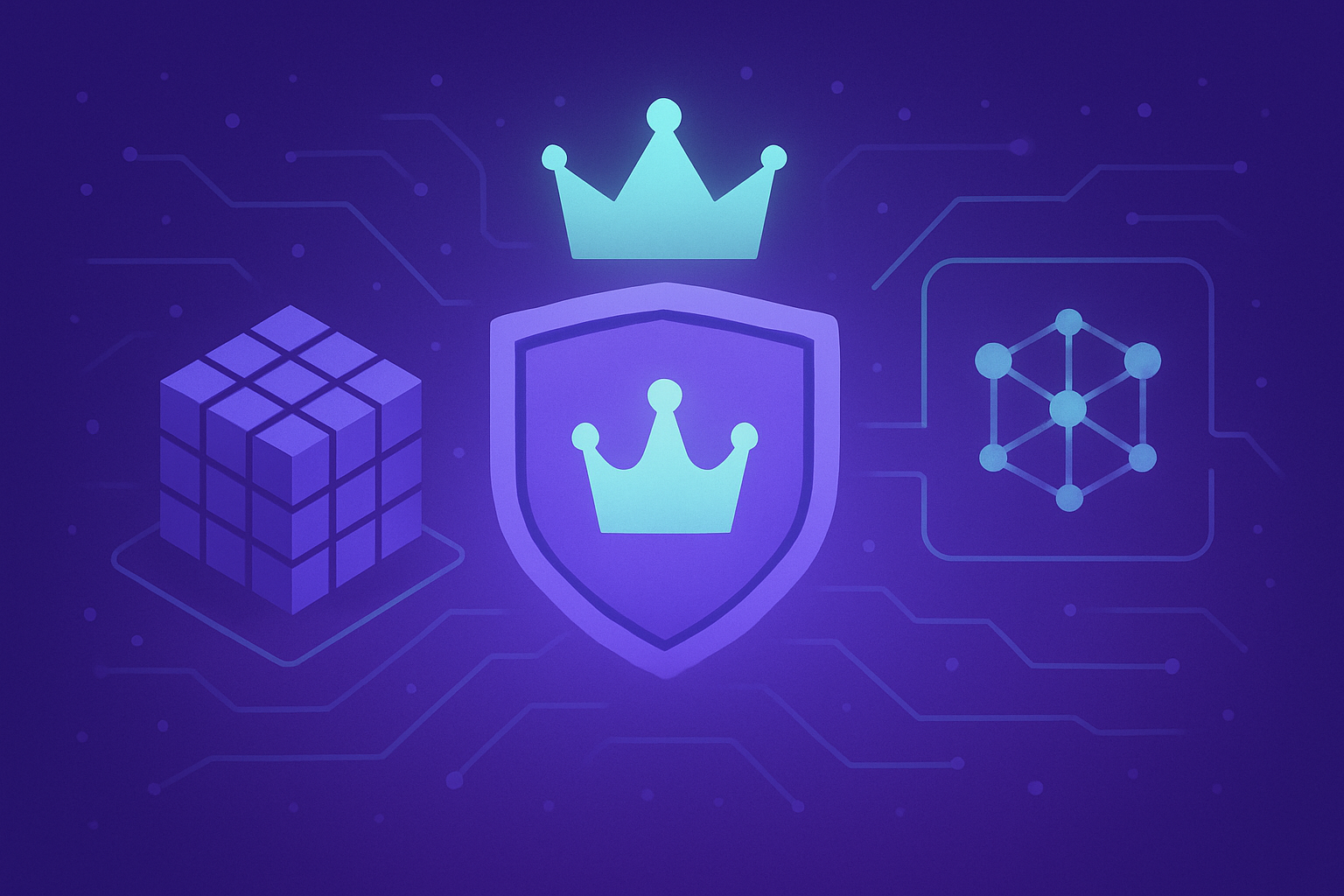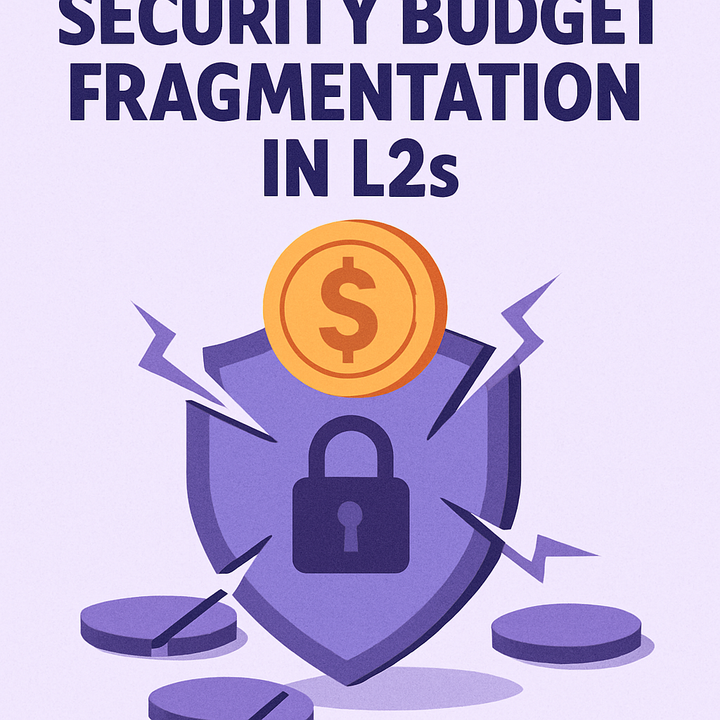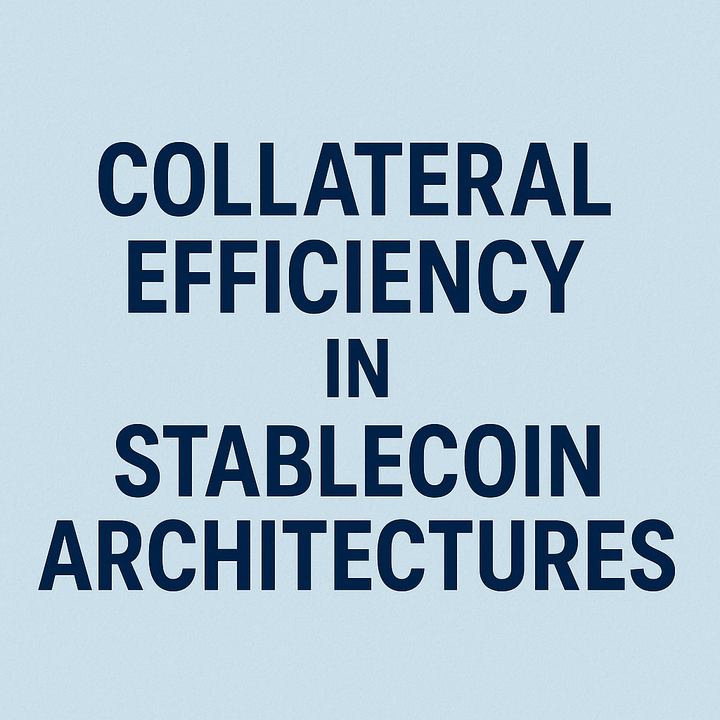FIFA’s Blockchain Power Play: A Sign of What’s to Come for Global Brands

When FIFA—one of the most powerful organizations in global sports—launches its own custom Layer-1 blockchain, people take notice. This isn't just a tech upgrade or marketing gimmick; it's a strategic move that reveals a deeper shift in how major enterprises are approaching digital transformation. In an era where many questioned blockchain's longevity following the NFT crash and broader crypto downturn, FIFA’s latest partnership with Avalanche sends a clear message: blockchain technology is here to stay, and it’s evolving.
In this article, we’ll explore why FIFA’s decision matters, what it reveals about broader enterprise trends, and how Avalanche’s technology is quietly enabling a new era of customized blockchain ecosystems for major organizations.
Why Enterprises Are Going Custom: The Shift Toward Sovereign Blockchains

1. The Need for Control and Customization
FIFA’s choice to build a proprietary Layer-1 blockchain reflects a growing trend among global brands: the desire for sovereignty over digital infrastructure. Unlike shared blockchains like Polygon or Algorand, custom networks offer organizations full governance over their smart contracts, user experience, and business logic.
This shift is driven by lessons learned. Shared platforms may offer speed to market, but they come with trade-offs—network congestion, unpredictable fees, and governance structures outside an enterprise’s control. With its custom chain, FIFA sidesteps these issues, designing a blockchain environment that fits its unique operational, performance, and commercial needs.
2. From Experimentation to Infrastructure
FIFA’s move signals the maturation of enterprise blockchain adoption. What began as pilot NFT drops and marketing experiments has evolved into core infrastructure decisions. A dedicated blockchain allows for:
- Predictable low transaction costs
- High throughput during global events
- Mission-critical reliability
Avalanche’s subnet architecture and AvaCloud platform make this possible. Think of it as "Blockchain-as-a-Service"—a turnkey solution enabling large organizations to launch sovereign networks without the burden of building from scratch.
This isn’t just about blockchain for blockchain’s sake. It’s about aligning technology with business strategy. For FIFA, that includes direct fan engagement, digital collectibles, and long-term monetization—all under its complete control.
The Bigger Picture: Leading a Broader Movement
FIFA’s strategy sets the tone for what could become a widespread industry movement. Its choice to go beyond generic infrastructure serves as a blueprint for other sports organizations, entertainment brands, and consumer-facing enterprises.
By launching its own chain, FIFA is not only building for today’s fans but also establishing a foundation for future digital economies. As other organizations watch this play out, we may soon see a “follow-the-leader” effect—where brands increasingly invest in tailored blockchain ecosystems to maintain digital independence, improve customer experiences, and unlock new revenue streams.
Conclusion
FIFA’s launch of a custom Layer-1 blockchain on Avalanche is more than a technical milestone—it’s a strategic inflection point in enterprise blockchain adoption. It reveals a new phase where large organizations are no longer content with shared infrastructure. Instead, they’re building sovereign ecosystems designed for long-term scalability, performance, and control.
Key Takeaways:
- Enterprises are shifting toward custom blockchain solutions to gain sovereignty and optimize performance.
- Avalanche’s technology enables this transformation through its scalable subnet and BaaS infrastructure.
- FIFA’s move is likely to influence a wave of similar initiatives across industries.
What’s next? As more organizations seek digital autonomy, will we see blockchain evolve into a staple of enterprise IT strategy—just like cloud computing did a decade ago?
References
- https://playtoearn.com/news/fifa-partners-with-avalanche-to-build-custom-l1-blockchain-for-nft-platform
- https://decodetoday.com/fifa-partners-with-avalanche/
- https://www.binance.com/en/square/post/24616105416017
- https://airdropalert.com/airdrops/fifa-collect/
- https://www.blocmates.com/news-posts/fifa-partners-with-avalanche-to-launch-custom-blockchain-for-digital-collectibles
- https://www.ainvest.com/news/fifa-launches-blockchain-avalanche-enhanced-fan-engagement-2505/
- https://coinstats.app/news/8a2491f16c82b955251633209a5902b52874966bc167c4a5e7ad8375fe51f9d1_FIFA-taps-Avalanche-to-build-dedicated-blockchain-for-football-NFTs-dumping-Algorand-for-EVM/


Comments ()